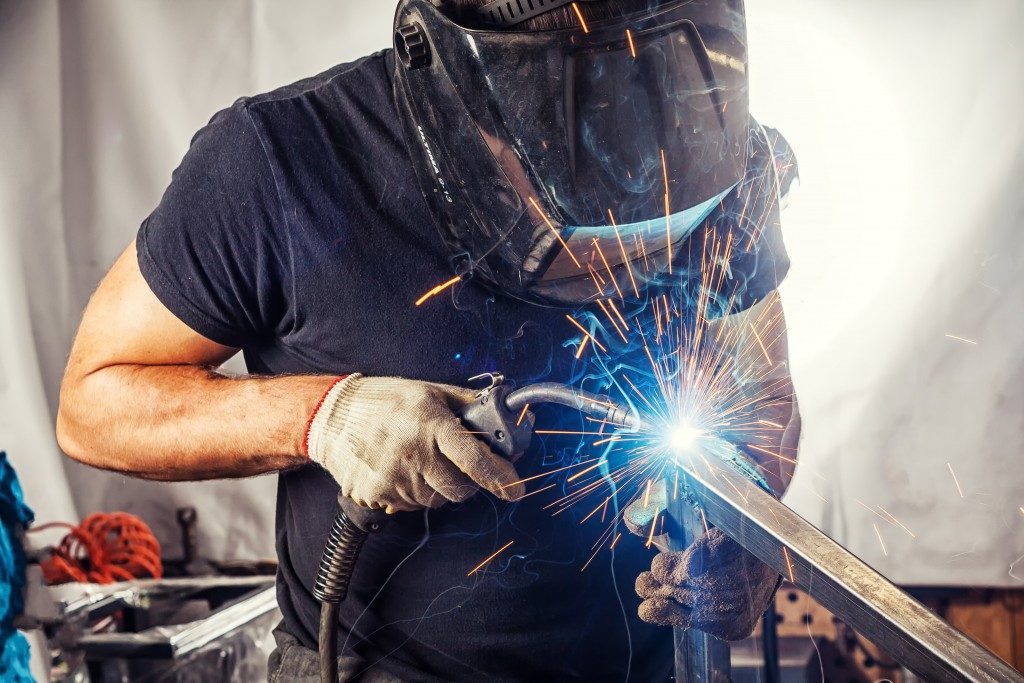Welding metals have made it possible to create great things for the benefit of mankind. Navigation through airplanes and shipping vessels became easier, and skyscrapers have reached the clouds. All through the help of joining metals through welding.
How welding came to be
Putting together or joining metals through fabrication is known as welding. People have been welding metals since the bronze age when we have learned to harness the power of fire and metals. In earlier times, it was used to create storage boxes for trinkets, jewelry, and weapons. At the end of the 19th century, different processes for welding metals were already developed. Gas welding, arc welding, and resistance welding were the prevalent techniques that were used for speedy construction in shipping, power plants, transportation, and different structures.
Common types of welding

There are different types of welding processes and each differs depending on the bond or metals that are being joined and for what use. Forge and arc welding were the main types, and with the development of welding throughout the years, it has branched out to different welding processes.
Forge welding technique was the original before fusion came to be. It was first used to make large iron pieces through heating in a forge. It was used in the middle ages by blacksmiths to make swords and canons, and is still being practiced today.
Arc welding is a modern type of welding where heat is produced through a continuous high-density electric current between conductors in gas or vapor which is used as shields such as inert gases like argon or helium.
Shielding is important to prevent the exposure of the molten weld from oxygen, nitrogen, and hydrogen which is ever-present in the air. Being exposed to these elements will make the molten weld oxidize quickly, which makes the bond brittle and weak. Arch welding has different processes that are used in most industries today:
- Gas metal arc welding (GMAW). Also known as metal inert gas (MIG), the heated inert gas passes a consumable electrode where the bond takes place. This is commonly used in stainless steel welds, which uses MIG fed with welding wire.
- Gas tungsten arc gas welding (GTAW) or tungsten inert gas (TIG) is almost the same with MIG, but it is used in joining thicker sections of stainless steel or non-ferrous metals. As the name implies, it uses tungsten instead of the common metal to make the bond. This is also a time-consuming weld as compared to other processes.
- Shielded metal arc welding (SMAW) is different from the first two types because instead of having a supply of inert gasses, SMAW produces its own shield from the decomposition of the protected electrode covering which is heated continuously. This is mostly used in construction steel structures. It can also be applied to make stronger rebars in buildings and better metal framework for roofing systems.
- Flux-cored arc welding (FCAW) process is almost like that of shielded metal arc, but the electrode used is hollowed out or tubular in which the flux core passes continuously. The flux core creates the shield instead of having the electrode create the shield through decomposition.
Innovations in welding have made it possible for the different applications in today’s industries. It is through welding that we were able to travel the world. It also made it possible for us to use cars which made our life easier.